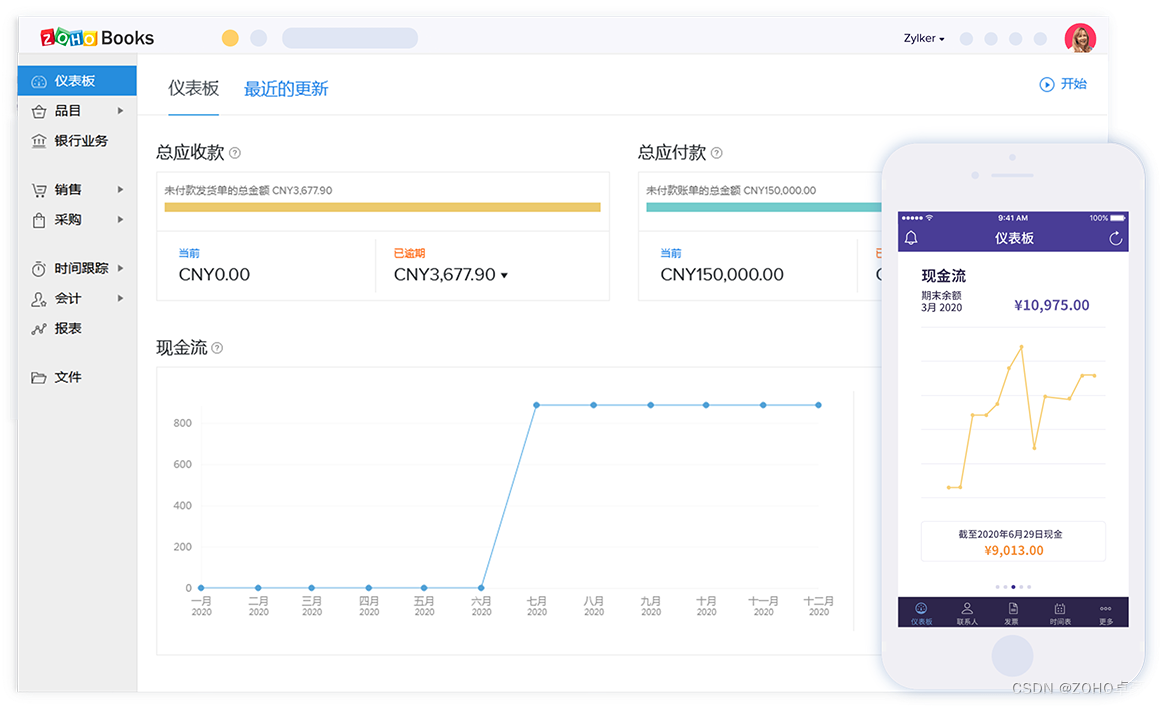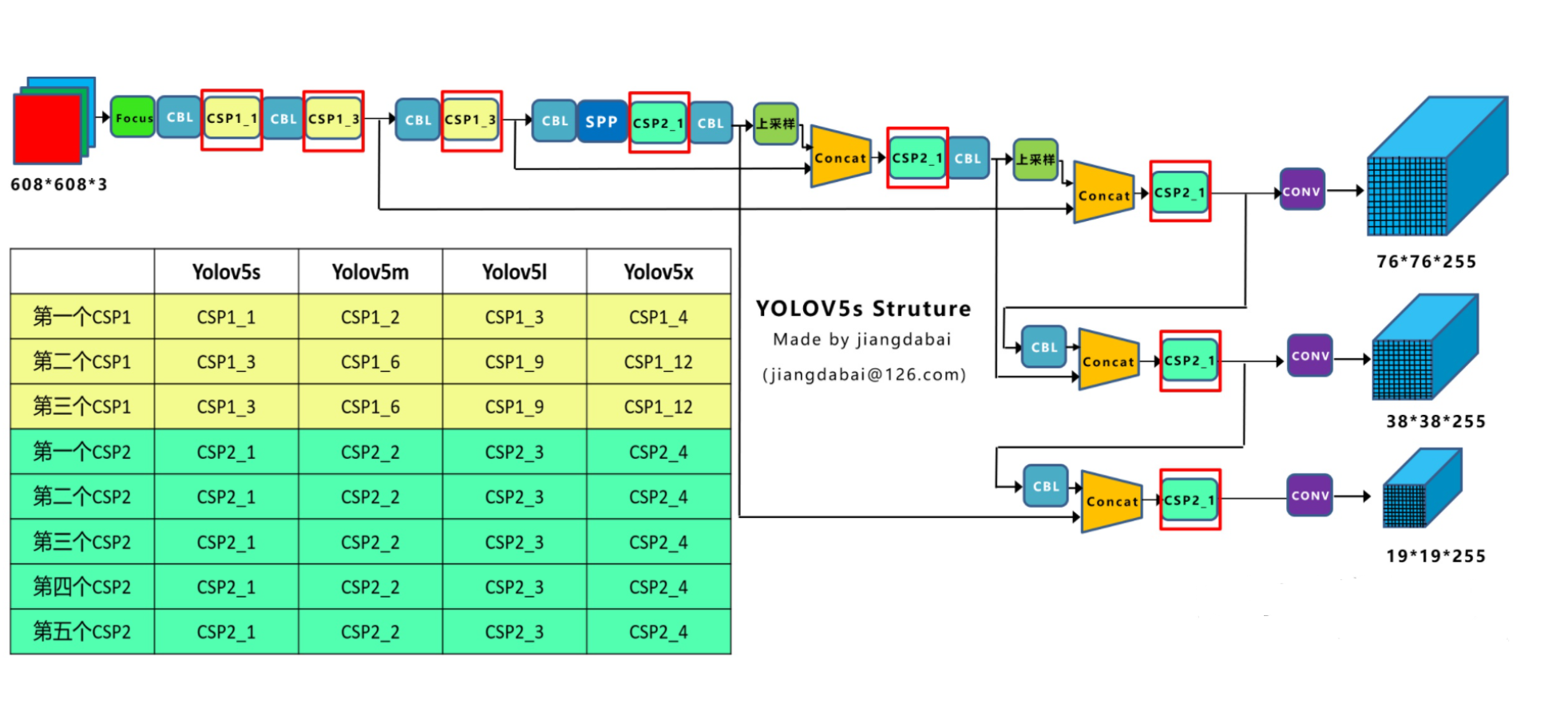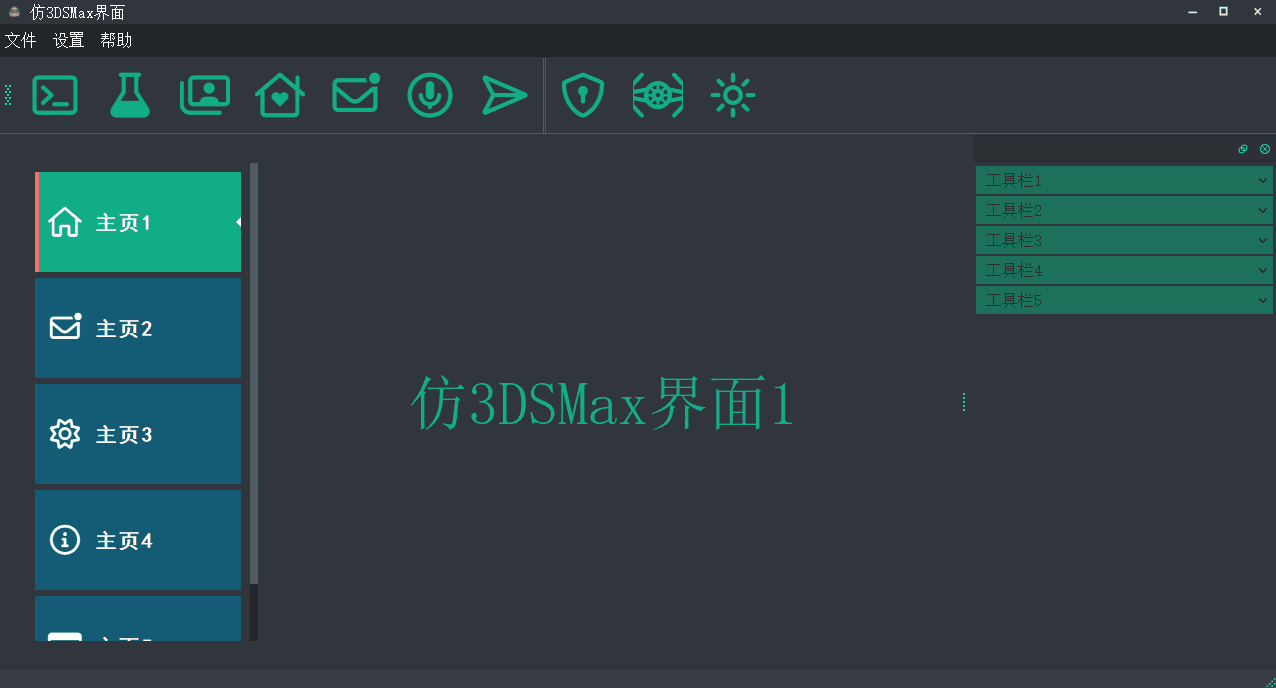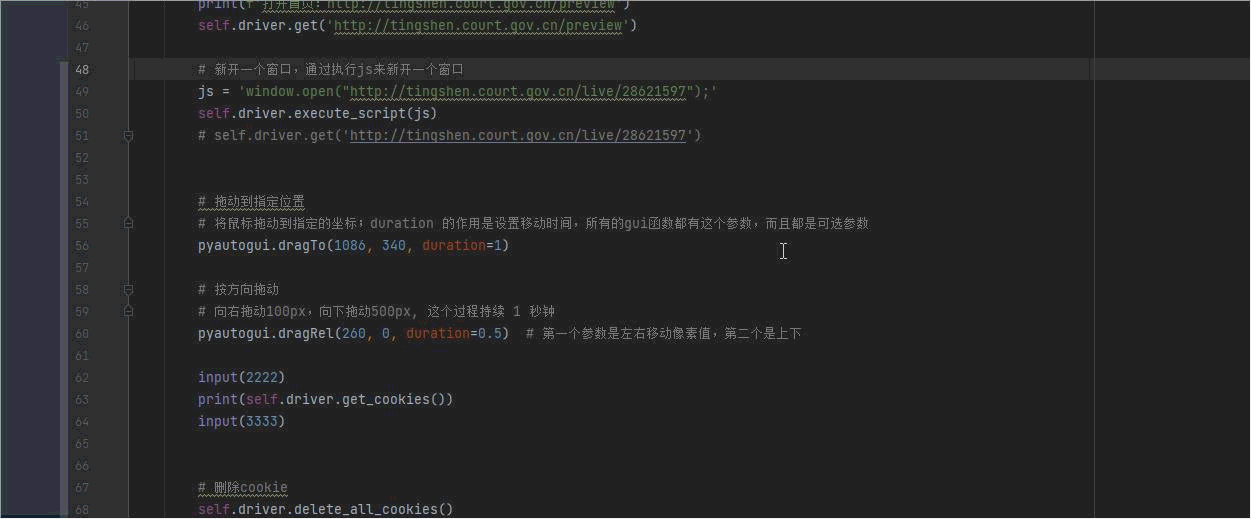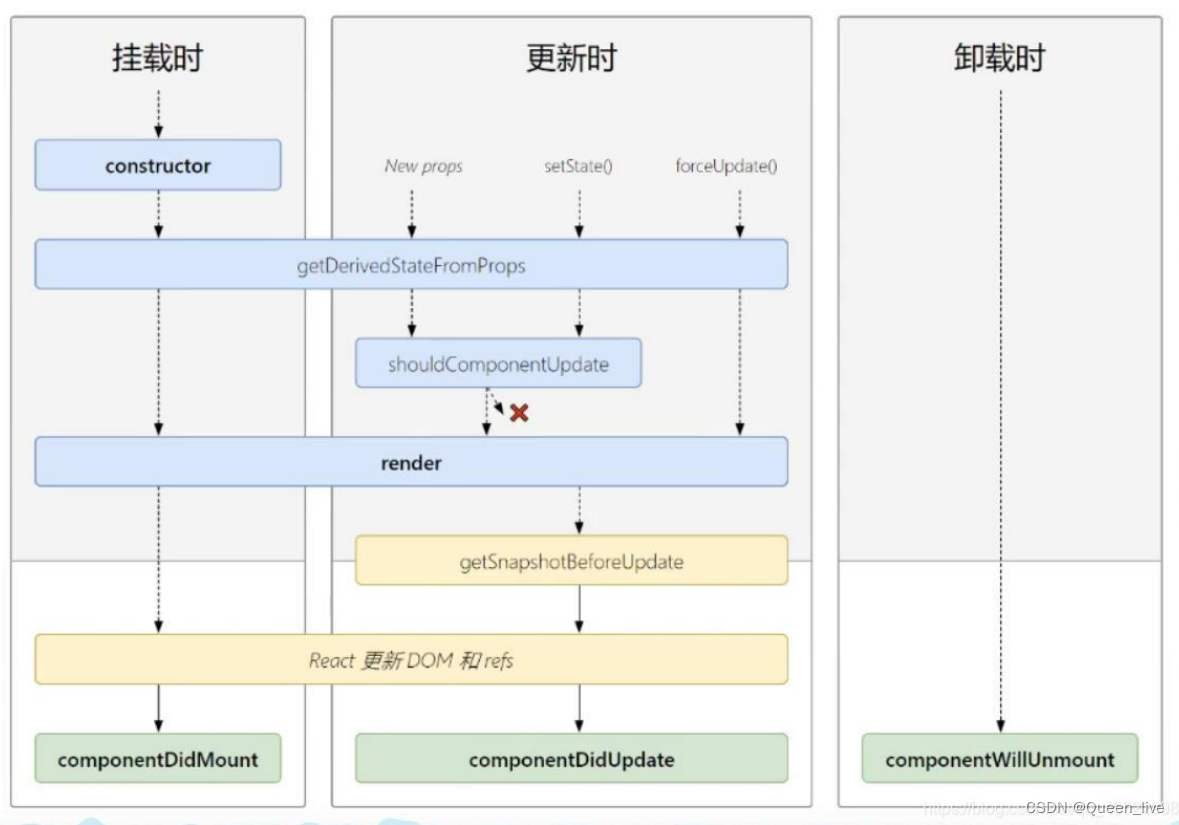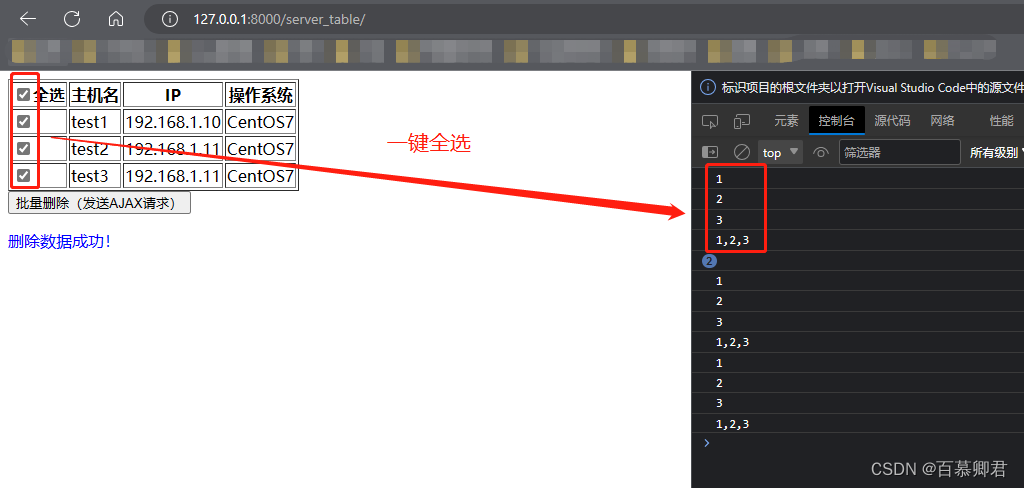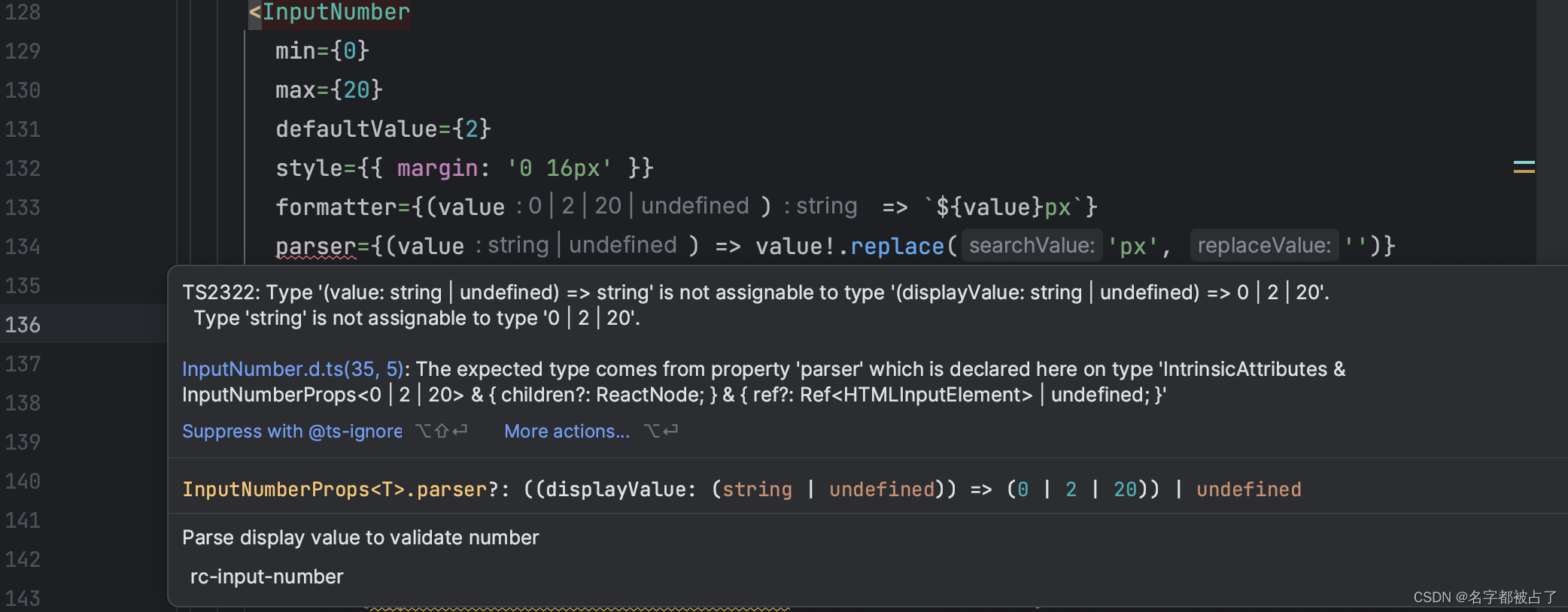一、Flink 框架介绍
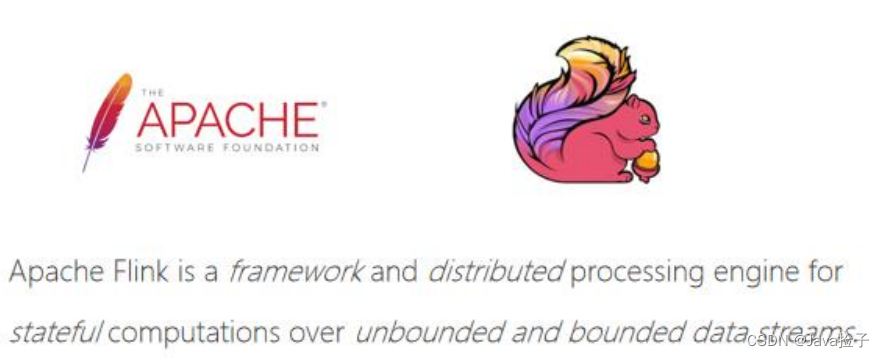
Apache Spark 是一种基于内存的快速、通用、可扩展的大数据分析计算引擎。
Apache Spark 掀开了内存计算的先河,以内存作为赌注,赢得了内存计算的飞速发展。
但是在其火热的同时,开发人员发现,在 Spark 中,计算框架普遍存在的缺点和不足依然没
有完全解决,而这些问题随着 5G 时代的来临以及决策者对实时数据分析结果的迫切需要而
凸显的更加明显:
- 数据精准一次性处理(Exactly-Once)
- 乱序数据,迟到数据
- 低延迟,高吞吐,准确性
- 容错性
Apache Flink 是一个框架和分布式处理引擎,用于对无界和有界数据流进行有状态计算。在
Spark 火热的同时,也默默地发展自己,并尝试着解决其他计算框架的问题。
慢慢地,随着这些问题的解决, Flink 慢慢被绝大数程序员所熟知并进行大力推广,阿里公
司在 2015 年改进 Flink ,并创建了内部分支 Blink ,目前服务于阿里集团内部搜索、推荐、
广告和蚂蚁等大量核心实时业务。
二、框架集成
2.1创建 Maven 项目
依赖
<?xml version="1.0" encoding="UTF-8"?>
<projectxmlns="http://maven.apache.org/POM/4.0.0"xmlns:xsi="http://www.w3.org/2001/XMLSchema-instance"xsi:schemaLocation="http://maven.apache.org/POM/4.0.0
http://maven.apache.org/xsd/maven-4.0.0.xsd"><modelVersion>4.0.0</modelVersion><groupId>com.lun.es</groupId><artifactId>flink-elasticsearch</artifactId><version>1.0</version><properties><maven.compiler.source>8</maven.compiler.source><maven.compiler.target>8</maven.compiler.target></properties><dependencies><dependency><groupId>org.apache.flink</groupId><artifactId>flink-scala_2.12</artifactId><version>1.12.0</version></dependency><dependency><groupId>org.apache.flink</groupId><artifactId>flink-streaming-scala_2.12</artifactId><version>1.12.0</version></dependency><dependency><groupId>org.apache.flink</groupId><artifactId>flink-clients_2.12</artifactId><version>1.12.0</version></dependency><dependency><groupId>org.apache.flink</groupId><artifactId>flink-connector-elasticsearch7_2.11</artifactId><version>1.12.0</version></dependency><!-- jackson --><dependency><groupId>com.fasterxml.jackson.core</groupId><artifactId>jackson-core</artifactId><version>2.11.1</version></dependency></dependencies>
</project>
功能实现
package com.xmx.es;import org.apache.flink.api.common.functions.RuntimeContext;
import org.apache.flink.streaming.api.datastream.DataStreamSource;
import org.apache.flink.streaming.api.environment.StreamExecutionEnvironment;
import org.apache.flink.streaming.connectors.elasticsearch.ElasticsearchSinkFunction;
import org.apache.flink.streaming.connectors.elasticsearch.RequestIndexer;
import org.apache.flink.streaming.connectors.elasticsearch7.ElasticsearchSink;
import org.apache.http.HttpHost;
import org.elasticsearch.action.index.IndexRequest;
import org.elasticsearch.client.Requests;
import java.util.ArrayList;
import java.util.HashMap;
import java.util.List;
import java.util.Map;public class FlinkElasticsearchSinkTest {public static void main(String[] args) throws Exception {StreamExecutionEnvironment env = StreamExecutionEnvironment.getExecutionEnvironment();DataStreamSource<String> source = env.socketTextStream("localhost", 9999);List<HttpHost> httpHosts = new ArrayList<>();httpHosts.add(new HttpHost("127.0.0.1", 9200, "http"));//httpHosts.add(new HttpHost("10.2.3.1", 9200, "http"));// use a ElasticsearchSink.Builder to create an ElasticsearchSinkElasticsearchSink.Builder<String> esSinkBuilder = new ElasticsearchSink.Builder<>(httpHosts,new ElasticsearchSinkFunction<String>() {public IndexRequest createIndexRequest(String element) {Map<String, String> json = new HashMap<>();json.put("data", element);return Requests.indexRequest().index("my-index")//.type("my-type").source(json);}@Overridepublic void process(String element, RuntimeContext ctx, RequestIndexer indexer) {indexer.add(createIndexRequest(element));}});// configuration for the bulk requests; this instructs the sink to emit after every element, otherwise they would be bufferedesSinkBuilder.setBulkFlushMaxActions(1);// provide a RestClientFactory for custom configuration on the internally createdREST client// esSinkBuilder.setRestClientFactory(// restClientBuilder -> {// restClientBuilder.setDefaultHeaders(...)// restClientBuilder.setMaxRetryTimeoutMillis(...)// restClientBuilder.setPathPrefix(...)// restClientBuilder.setHttpClientConfigCallback(...)// }// );source.addSink(esSinkBuilder.build());env.execute("flink-es");}
}






